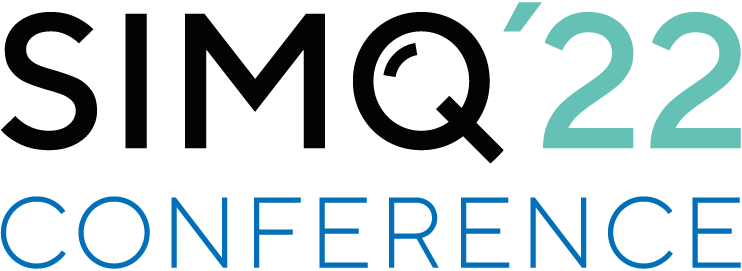Use Simq's Digital Twin Technologies to Accelerate Your Approval Process
Schedule free consultation
Speed up your approval process and enrich your clinical data for a large number of patients, conditions and design variants. Provide objective data for your worst cases and improve responses to regulatory authority requests.
The technologies we use to tackle your challenges:
Virtual
Benchtop
Simulation and analyses of medical device families and portfolios for norm and standardized tests.
Patient-Specific Simulation
Simulation of custom-made medical devices under physiological conditions in individual patients.
Synthetic
Patients
Simulation of medical devices under physiological conditions across statistically relevant target populations.
Virtual
benchtop
Simulation and analyses of medical device families and portfolios for norm and standardized tests
Patient-specific
simulation
Simulation of custom-made medical devices under physiological conditions in individual patients
Synthetic
patients
Simulation of medical devices under physiological conditions across statistically relevant target populations
Virtual Testing
Laboratory
Your Challenges & Pain-Points
Expensive and tedious approval process with conventional V&V methods
Generate objective evidence for technical documentation with FDA compliant reports
Reduce effort for technical documentation
Our Offer
- Provide objective evidence for your technical documentation using FDA and ASME guidelines
- Training and support on latest FDA and ASME guidelines
Virtual Testing
Laboratory
Your Challenges & Pain-Points
Rationale for worst cases based on vague experience
Identify and document worst case(s) across the entire product portfolio
Provide objective arguments for your worst cases
Our Offer
Conduct worst-case assessments across your product families and portfolios
Virtual Testing
Laboratory
Your Challenges & Pain-Points
Any approval request leads to expensive iteration loops with more experiments
Support responses to requests made by regulatory authorities
Enhance responses to requests from regulatory authorities
Our Offer
- Provide objective evidence for your technical documentation using FDA and ASME guidelines
- Training and support on latest FDA and ASME guidelines
Patient-specific
Simulation
Your Challenges & Pain-Points
No verification test possible for your individualized medical device
- Conduct preliminary studies for product verification
- Verify design features for individual patient designs
Provide evidence on performance & safety of your individualized devices
Our Offer
- Provide objective evidence for your technical documentation using FDA and ASME guidelines
- Training and support on latest FDA and ASME guidelines with focus on patient-specific simulation
Synthetic
Patients
Your Challenges & Pain-Points
No clinical data available for all patient attributes, conditions and surgical treatments
Augment clinical trials with objective data
- Provide evidence for all patient attributes, conditions and surgical treatments
- Accelerate time to market
Our Offer
Support clinical trials with synthetic patients
Synthetic
Patients
Your Challenges & Pain-Points
Introducing design variants of same device requires new clinical study
- Conduct preliminary studies to define clinical trial protocols
- Create evidence to support preclinical (IDE) studies
- Augment clinical trials with objective data
- Reduce clinical costs with fewer cohorts & follow-ups
- Provide evidence for new design variants
- Accelerate time to market
Our Offer
- Support preclinical (IDE) studies with synthetic patients
- Support clinical trials with synthetic patients
Synthetic
Patients
Your Challenges & Pain-Points
Use of existing device beyond its defined product range, intended use or indication requires new clinical study
- Conduct preliminary studies to define clinical trial protocols
- Create evidence to support preclinical (IDE) & clinical studies
- Augment clinical trials with objective data
- Reduce clinical costs with fewer cohorts & follow-ups
- Provide evidence for new design variants
- Accelerate time to market
Our Offer
- Support preclinical (IDE) studies with synthetic patients
- Support clinical trials with synthetic patients
Schedule a Free Consultation
These companies are already benefiting from our solutions










Selected success stories

Dr. Sven Herrmann
Director Consulting & Seminars









